Community
Save money by lightening up and cooling down, like City Hall did.
I was driving through a new subdivision and I was struck by the blackness of it all and the number of air conditioning units being installed. The roof on most homes were black shingles and the trim was black in many places and the siding was dark often times too. No wonder the need for all those air conditioners, to counter all the heat that black absorbs. I mentioned that to a home owner and he replied it would keep his house warmer in the winter. I was dumbstruck, wondering how that worked under a foot of snow?
During a heat wave, the most vulnerable are those living and/or working on the top floor of a building with a black roof. Running air conditioners eases some of the pressure but exacerbates the carbon footprint issue and costs a hefty amount. Why not have a non-black roof?
To answer this question I googled a report by Berkeley Labs and found:
“Looking strictly at the economic costs and benefits of three different roof types—black, white and “green” (or vegetated)—Lawrence Berkeley National Laboratory (Berkeley Lab) researchers have found in a new study that white roofs are the most cost-effective over a 50-year time span. While the high installation cost of green roofs sets them back in economic terms, their environmental and amenity benefits may at least partially mitigate their financial burden
“White roofs win based on the purely economic factors we included, and black roofs should be phased out,” said study co-author Rosenfeld, a Berkeley Lab Distinguished Scientist Emeritus and former Commissioner of the California Energy Commission
However, unlike white roofs, green roofs do not offset climate change. White roofs are more reflective than green roofs, reflecting roughly three times more sunlight back into the atmosphere and therefore absorbing less sunlight at earth’s surface. By absorbing less sunlight than either green or black roofs, white roofs offset a portion of the warming effect from greenhouse gas emissions
“Both white and green roofs do a good job at cooling the building and cooling the air in the city, but white roofs are three times more effective at countering climate change than green roofs,” said Rosenfeld.
The 50-year life-cycle cost analysis found that even the most inexpensive kind of green roof (with no public access and consisting of only sedum, or prairie grass) costs $7 per square foot more than black roofs over 50 years, while white roofs save $2 per square foot compared to black roofs. In other words, white roofs cost $9 per square foot less than green roofs over 50 years, or $0.30 per square foot each year
Black roofs pose health risk
For example, black roofs pose a major health risk in cities that see high temperatures in the summer. “In Chicago’s July 1995 heat wave a major risk factor in mortality was living on the top floor of a building with a black roof,” Rosenfeld said
Rosenfeld has been a supporter of solar-reflective “cool” roofs, including white roofs, as a way to reduce energy costs and address global warming. He was the co-author of a 2009 study in which it was estimated that making roofs and pavements around the world more reflective could offset 44 billion tons of CO2 emissions. A later study using a global land surface model found similar results: cool roofs could offset the emissions of roughly 300 million cars for 20 years.”
So white roofs or reflective roofs costs less, are healthier, cool down your neighbourhood, and are good for the environment. So back to google.
Other tests have proven white roof coatings or cool roof coatings compared to un-coated, black rooftops provide building owners and tenants with significant benefits.
Cool Roof Coating benefits include:
Air Conditioning Energy Consumption of the Building is Greatly Reduced
Lengthen Roof Life – cool roof systems provide additional UV protection allowing the roof to remain more flexible and durable for longer
Reduced Roof Maintenance Costs
Environmentally Friendly – lowers surrounding air temperature around the building, reduces urban heat island effect and smog in populated areas
Improves Comfort for Occupants Inside the Building
Complies with Codes and Green Building Programs Nationally
A white surfaced, cool roof coating system with 100% of the sun’s radiated heat projected onto the roof top will absorb approximately 8% of the heat while immediately reflecting 92% of the sun’s heat back into the atmosphere, away from the roof.
An un-coated, black roof surface with the exact same scenario absorbs 69% of the sun’s heat. That is 61% more heat absorbed into the building compared to the cool roof surface. Black roofs are only able to reflect 31% of the sun’s heat away from the building, causing the inside of the building to heat up much quicker, requiring a larger amount of energy consumption to cool the building. This added heat absorption also leads to premature aging as the roof surface dries out and becomes brittle much quicker, losing it’s ability to expand and contract with the building during temperature changes.
Google also said a white statue could cool a playground by 1 degree, so if we were to build white or reflective structures, gazebos, fences and benches, it would cool our children at play.
If we replaced our black roof with a reflective roof, we would save money, stay cooler and be almost like taking the equivalent of a car off the road. No brainer?
So lighten up everyone, in more ways than one. For everyone’s sake.
Community
Support local healthcare while winning amazing prizes!

|
|
|
|
|
|
Community
SPARC Caring Adult Nominations now open!

Check out this powerful video, “Be a Mr. Jensen,” shared by Andy Jacks. It highlights the impact of seeing youth as solutions, not problems. Mr. Jensen’s patience and focus on strengths gave this child hope and success.
👉 Be a Mr. Jensen: https://buff.ly/8Z9dOxf
Do you know a Mr. Jensen? Nominate a caring adult in your child’s life who embodies the spirit of Mr. Jensen. Whether it’s a coach, teacher, mentor, or someone special, share how they contribute to youth development. 👉 Nominate Here: https://buff.ly/tJsuJej
Nominate someone who makes a positive impact in the live s of children and youth. Every child has a gift – let’s celebrate the caring adults who help them shine! SPARC Red Deer will recognize the first 50 nominees. 💖🎉 #CaringAdults #BeAMrJensen #SeePotentialNotProblems #SPARCRedDeer
s of children and youth. Every child has a gift – let’s celebrate the caring adults who help them shine! SPARC Red Deer will recognize the first 50 nominees. 💖🎉 #CaringAdults #BeAMrJensen #SeePotentialNotProblems #SPARCRedDeer
-

 Education1 day ago
Education1 day agoWhy more parents are turning to Christian schools
-
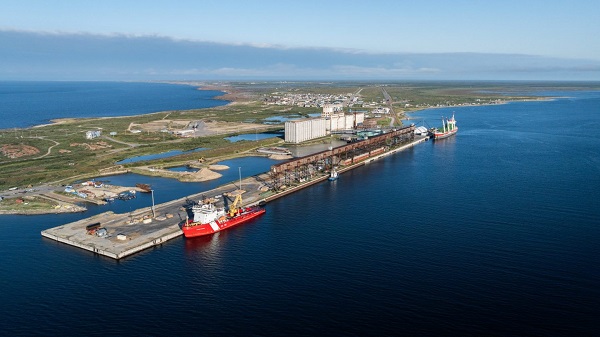
 Alberta1 day ago
Alberta1 day agoUpgrades at Port of Churchill spark ambitions for nation-building Arctic exports
-
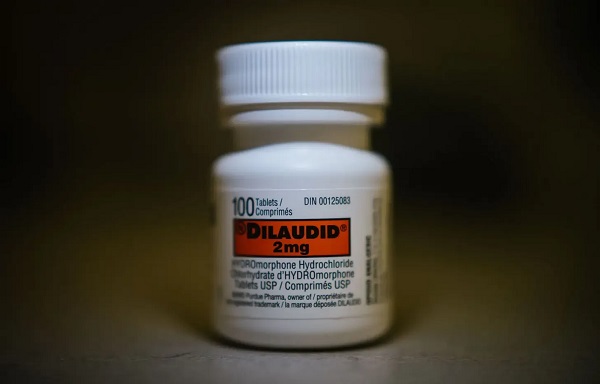
 Addictions2 days ago
Addictions2 days agoAfter eight years, Canada still lacks long-term data on safer supply
-

 Alberta1 day ago
Alberta1 day agoOPEC+ is playing a dangerous game with oil
-

 Business1 day ago
Business1 day agoIs dirty Chinese money undermining Canada’s Arctic?
-
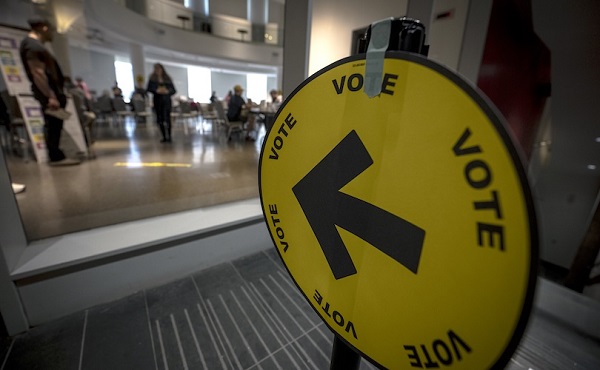
 National2 days ago
National2 days agoLiberals push to lower voting age to 16 in federal elections
-
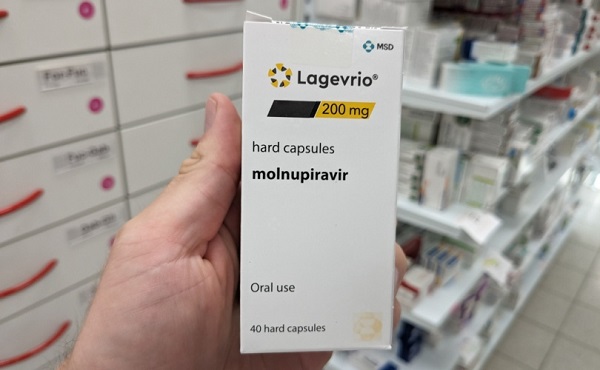
 COVID-191 day ago
COVID-191 day agoJapan disposes $1.6 billion worth of COVID drugs nobody used
-
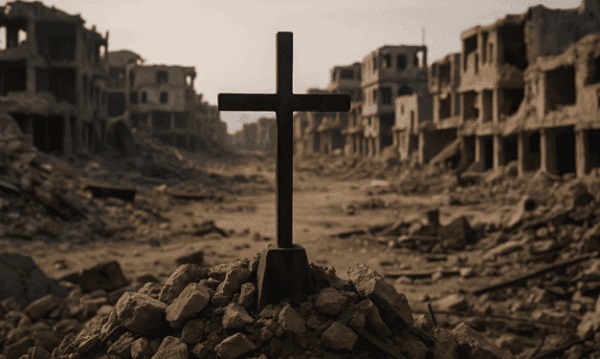
 conflict1 day ago
conflict1 day agoOne of the world’s oldest Christian Communities is dying in Syria. Will the West stay silent?








